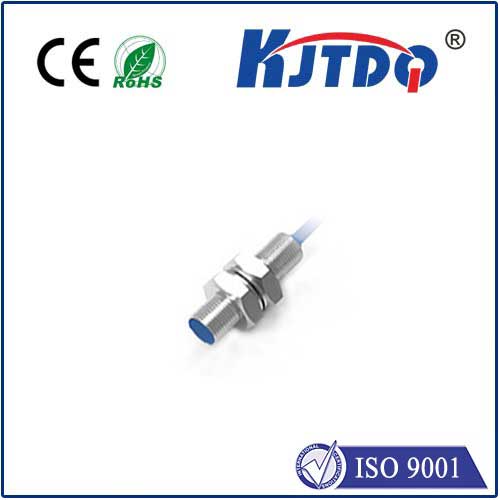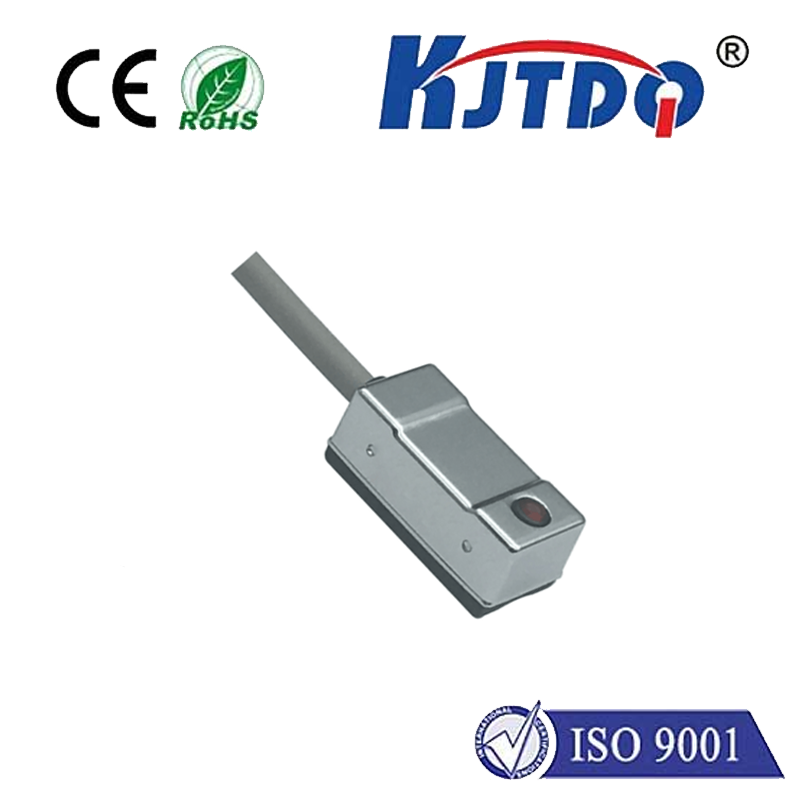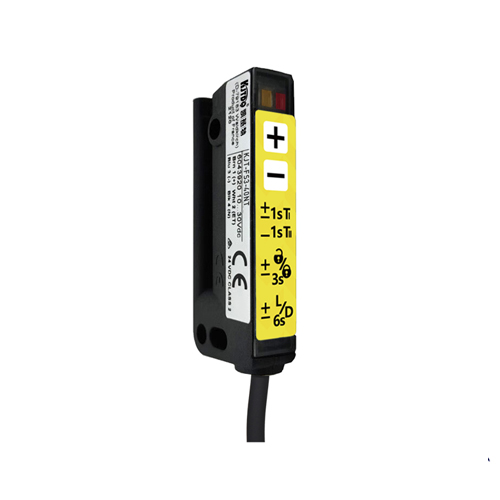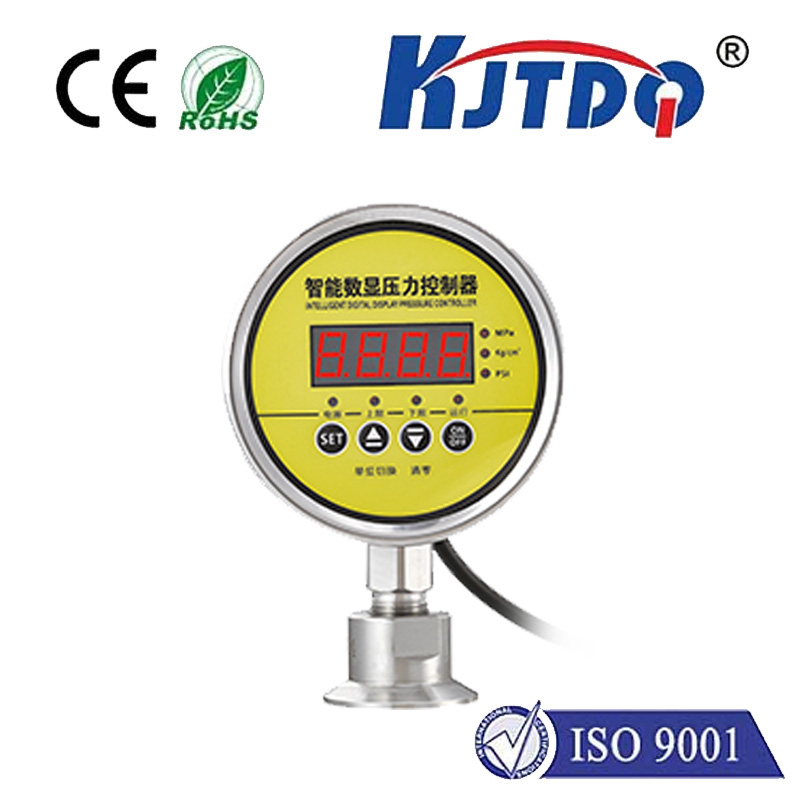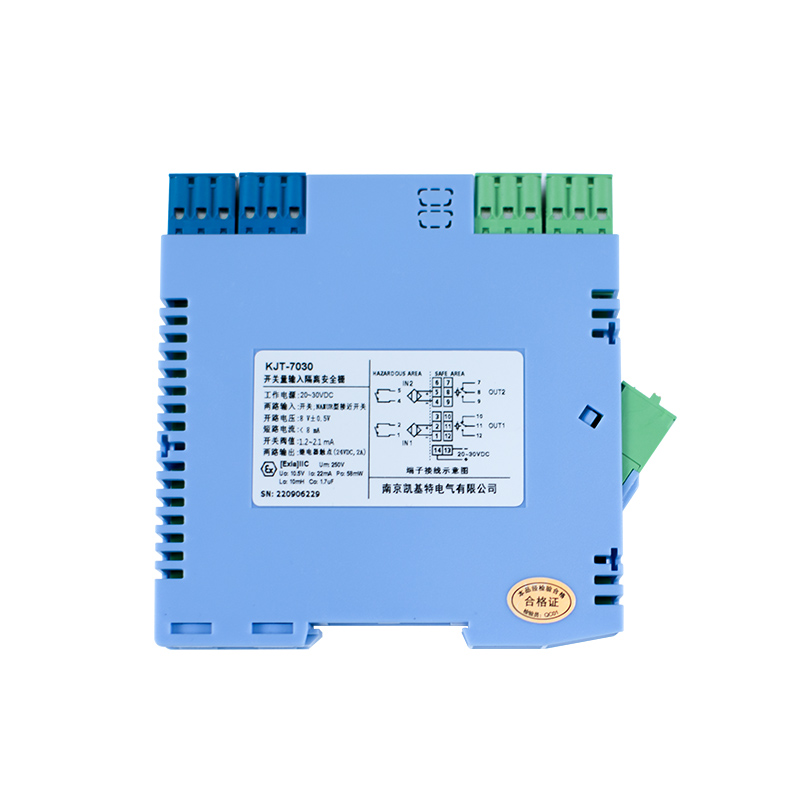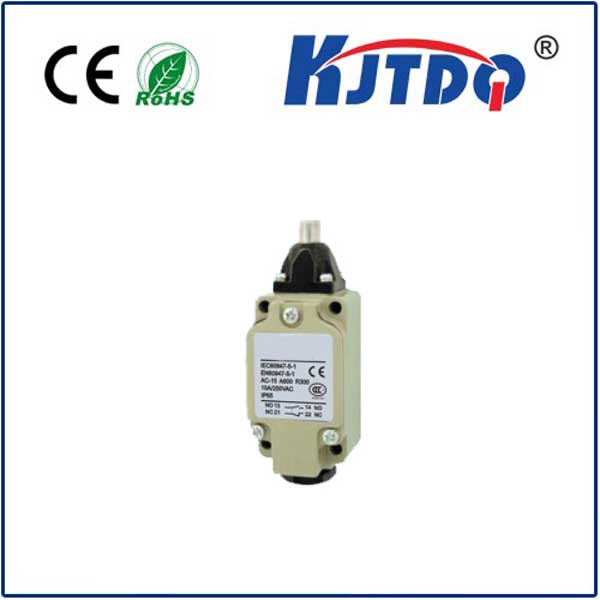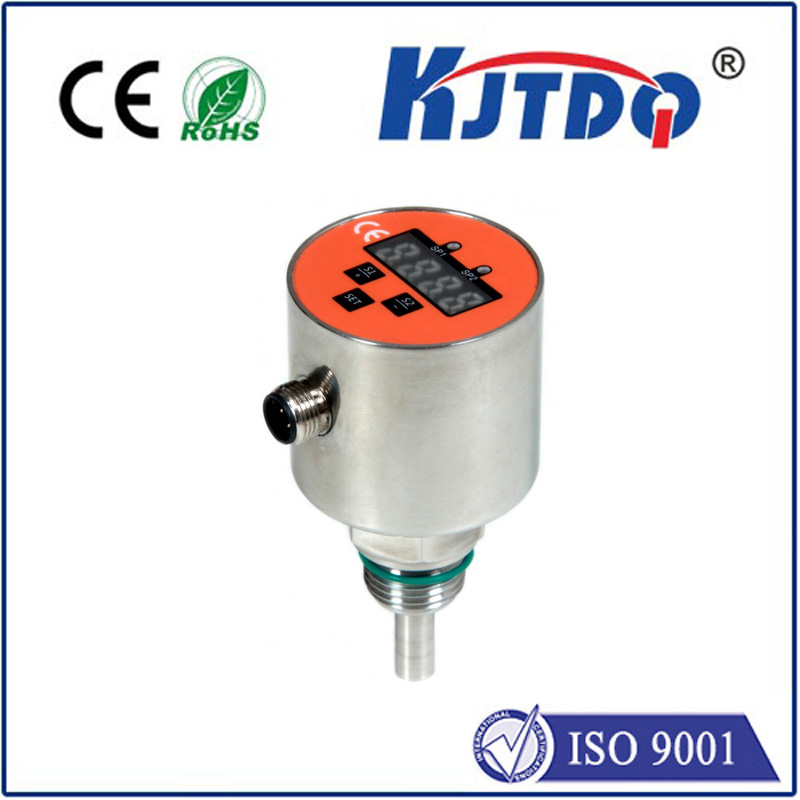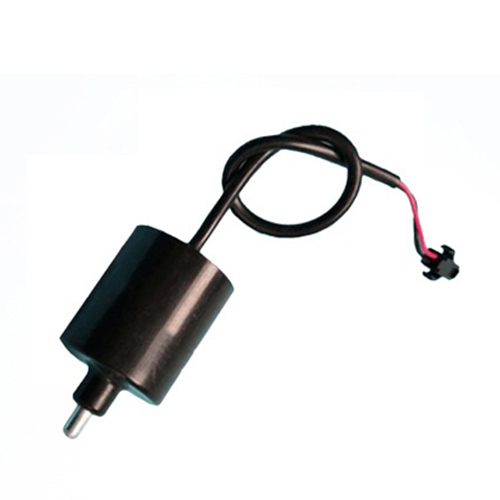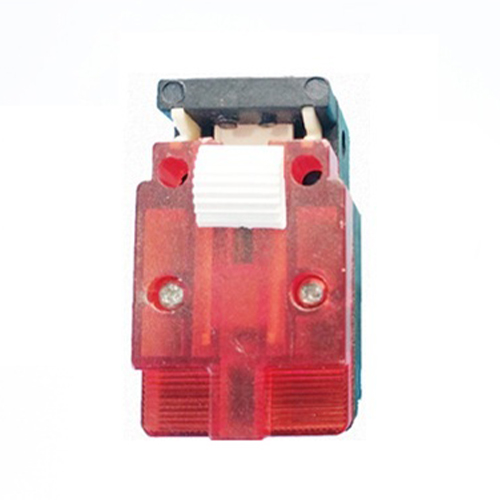pressure sensor ic
- time:2025-08-19 10:01:13
- Click:0
Pressure Sensor ICs: The Compact Powerhouses Driving Modern Sensing Applications
We interact with pressure sensor ICs countless times a day, often without realizing it. From adjusting the screen brightness on our phones based on ambient light (which can involve barometric pressure sensing) to ensuring the precise fuel mixture reaches our car engine, monitoring the airflow in medical ventilators, or optimizing the performance of a drone, these tiny, sophisticated chips are fundamental enablers of the smart, automated world.
But what exactly is a Pressure Sensor IC?
Unlike discrete pressure sensors requiring external circuitry for signal conditioning and interpretation, a Pressure Sensor Integrated Circuit (IC) is a marvel of modern electronics. It integrates the core pressure sensing element (often MEMS-based – Micro-Electro-Mechanical Systems) directly with the supporting electronics on a single silicon chip. These electronics typically include amplification, temperature compensation, analog-to-digital conversion (ADC), and even digital interfaces (I2C, SPI). This integration is the key differentiator, transforming a raw sensor into a complete, easy-to-use sensing subsystem.
The Core Technology: Sensing the Unseen Force
The heart of most modern pressure sensor ICs lies in MEMS technology. Think of an incredibly tiny, engineered silicon diaphragm. When pressure is applied, this diaphragm flexes minutely. This flexing changes the electrical characteristics of piezoresistive elements embedded within or on the diaphragm. For absolute pressure sensors, the reference is a vacuum sealed on one side. Gauge sensors reference atmospheric pressure, while differential types measure the difference between two pressure points. Some ICs utilize capacitive sensing, where the diaphragm’s movement alters the distance between capacitive plates, changing capacitance. The integrated circuitry then meticulously measures these changes, compensates for temperature effects (a critical function!), amplifies the signal, and converts it into a clean, usable output – either a precisely calibrated analog voltage or a convenient digital signal.

Why Choose Pressure Sensor ICs? The Compelling Advantages
The move towards integrated pressure sensors offers significant benefits over older, discrete solutions:
- Dramatic Miniaturization & Simplicity: Integrating everything onto one chip drastically reduces the physical footprint. This is crucial for space-constrained applications like wearables, smartphones, and medical implants. It also slashes component count on the PCB, simplifying design and assembly.
- Enhanced Reliability: Fewer external components and interconnections mean fewer potential points of failure. The monolithic structure is inherently more robust against vibration and shock.
- Improved Performance & Consistency: Factory calibration and on-chip temperature compensation ensure high accuracy and stability over a wide operating range right out of the box. This consistency is vital for mass production and reliable system performance.
- Lower Overall System Cost: While the initial IC cost might be comparable to a discrete sensor element, the savings from reduced BOM (Bill of Materials), simplified PCB design, streamlined manufacturing, and reduced calibration effort often result in significant overall system cost reduction.
- Ease of Integration & Design Acceleration: Engineers no longer need to design complex signal conditioning circuits. With standardized digital outputs (I2C, SPI), connecting the sensor to a microcontroller is typically straightforward, accelerating development cycles. Plug-and-play capability is a major advantage.
- Power Efficiency: Modern pressure ICs are designed for low power consumption, enabling battery-operated and energy-harvesting applications like IoT sensor nodes and portable medical devices.
Where They Make a Difference: Diverse Applications
Pressure sensor ICs permeate virtually every industry:
- Automotive: Engine management (manifold absolute pressure - MAP), exhaust gas recirculation (EGR), fuel tank vapor pressure, tire pressure monitoring systems (TPMS), brake booster pressure, HVAC control, emissions control, airbag deployment systems.
- Medical & Healthcare: Patient monitoring (blood pressure, respiration), ventilators, infusion pumps, hospital bed pressure sensing, dialysis machines, diagnostic equipment, portable health devices.
- Industrial Automation & Process Control: Pressure monitoring in pneumatic/hydraulic systems, leak detection, filter monitoring, pump control, level sensing (via hydrostatic pressure), robotics, factory automation.
- Consumer Electronics: Smartphones/tablets (barometric pressure for altitude/weather apps, indoor navigation enhancement), wearables (fitness tracking), smart home appliances (vacuum cleaners, coffee makers), drones (altitude hold, airspeed).
- HVAC (Heating, Ventilation, Air Conditioning): Duct pressure monitoring, filter blockage detection, VAV (Variable Air Volume) control, refrigerant pressure.
- Internet of Things (IoT): Smart agriculture (soil moisture via water pressure), environmental monitoring (weather stations), building automation, predictive maintenance sensors.
Key Selection Criteria: Finding the Right IC
Choosing the optimal pressure sensor IC requires careful consideration of several parameters:
- Pressure Type & Range: Absolute, gauge, differential? What is the minimum and maximum pressure the application requires? (e.g., 0-100 kPa for barometric sensing, 0-700 kPa for MAP sensors).
- Accuracy & Resolution: How precise does the measurement need to be? Includes factors like non-linearity, hysteresis, and repeatability. Resolution defines the smallest detectable pressure change.
- Operating Temperature Range: Will the sensor be exposed to extreme cold or heat? Industrial and automotive applications demand wide ranges.
- Output Type: Analog (voltage/current) or digital (I2C, SPI, UART)? Digital offers noise immunity and easier MCU interfacing.
- Media Compatibility: What fluid or gas will contact the sensor diaphragm? Corrosive media may require special materials or isolation (e.g., gel, oil, stainless steel caps).
- Power Consumption: Critical for battery-powered devices. Sleep modes and low active current are significant factors.
- Package Size & Type: Does it physically fit? Surface-mount (SMD) is standard; ported or unported?
- Special Features: Does it need built-in temperature output? Advanced diagnostics? Specific safety certifications?
The Future: Smarter, More Integrated, More Connected
The evolution of pressure sensor ICs continues rapidly. We see trends towards:
- Sensor Fusion: Integrating pressure sensing with other sensors (IMUs, temperature, humidity) onto a single IC or within a multi-chip module for richer contextual awareness.
- Increased Intelligence: On-chip processing capabilities (e.g., built-in programmable state machines) enabling local decision-making and data preprocessing. Self-diagnostic features are becoming more common.
- Enhanced Connectivity: Beyond I2C/SPI, integrating low-power wireless capabilities (BLE, LoRaWAN, NB-IoT) directly into sensor modules for seamless cloud connectivity.
- Higher Performance: Ongoing improvements in MEMS technology enabling smaller sizes, better accuracy over wider temperature ranges, and lower noise.
From enabling life-saving medical devices to optimizing industrial efficiency and enhancing everyday consumer gadgets, pressure sensor ICs are indispensable components operating silently under the hood. Their integration, reliability, and versatility make them the go-to solution for engineers seeking precise, robust, and easy-to-implement pressure measurement across an ever-expanding universe of applications. Understanding their capabilities and selection criteria is key to leveraging their power effectively in the next generation of smart systems.












